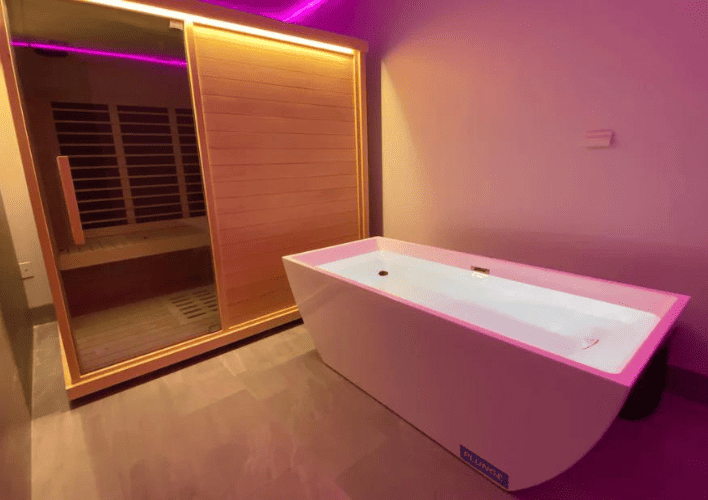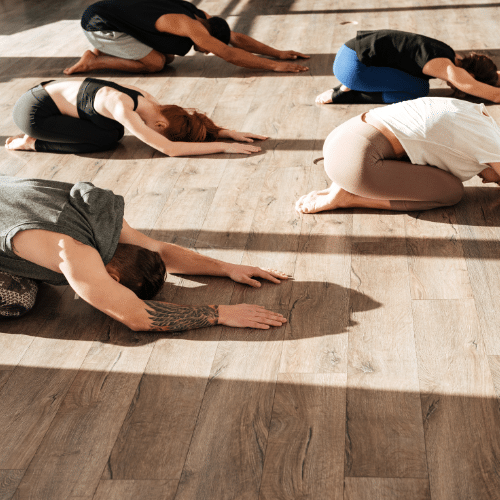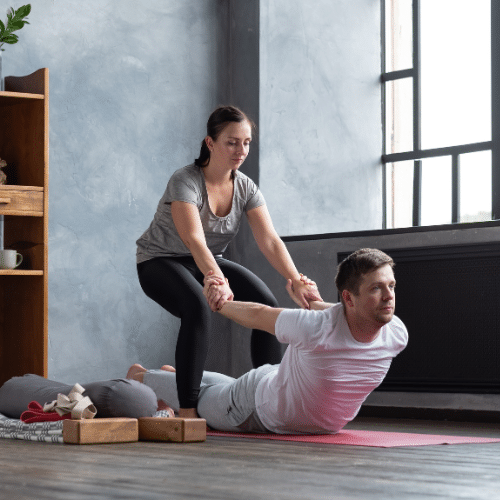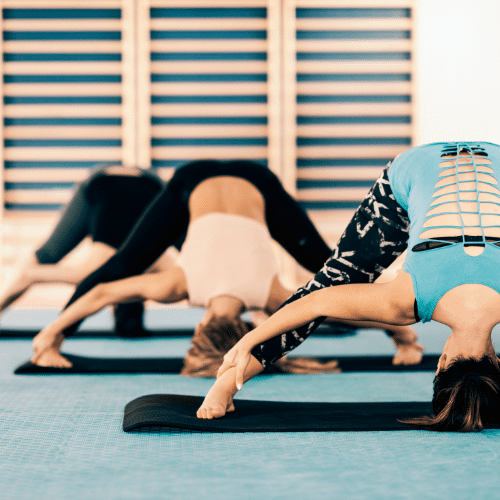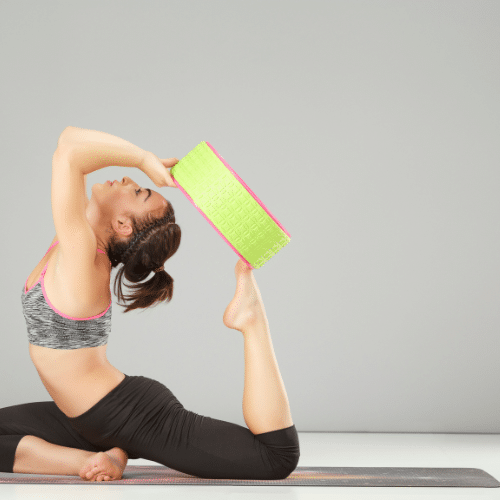Warming up before exercise is essential to prevent injury, but cold therapy is one of the best ways to recover after a workout. Cold plunges and ice baths are two popular methods for reducing inflammation and speeding up muscle recovery. In this article, we’ll discuss the differences between cold plunges and ice baths so you can decide which suits your needs.
Cold Plunge vs Ice Bath
Cold plunges and ice baths are two popular methods for reducing inflammation and speeding up muscle recovery. While both have beneficial effects, they have a few distinct differences.
A cold plunge involves submerging yourself in a tank of icy water. The temperature typically ranges from 40-60°F (4-15°C). This type of cold therapy boosts blood flow to muscles that have been strained during exercise, which helps reduce inflammation and speed up recovery. It can also be beneficial for overall health by strengthening your immune system, improving circulation, and reducing stress levels.
An ice bath is more intense than a cold plunge because it involves submerging yourself in a pool of icy water, usually around 33-39°F (1-4°C). This type of cold therapy has similar benefits as a cold plunge but in a shorter time. The intense shock of the colder temperatures can help reduce fatigue and pain more quickly than a regular cold plunge would. However, if you’re new to using cold therapy, it’s recommended that you start with a traditional cold plunge before attempting an ice bath.
Which Is Better? Ultimately it depends on your needs and preferences — both therapies offer similar benefits but at different degrees of intensity. Cold plunges are generally recommended for people just starting out with cryotherapy, while those who want faster results may benefit from an ice bath instead. Both methods can provide relief from sore muscles, reduce inflammation, improve circulation, and boost immunity, so experiment with each one to see which works best for you!
The cold exposure you choose will depend on your individual goals and comfort level. Cold plunges are more manageable for some, while ice baths may be better suited for those looking for a deeper level of cold exposure. It is important to remember that both methods should be done safely and cautiously. If you start feeling uncomfortable or unsafe at any point, it is best to stop immediately.
Benefits of Cold Exposure
1. Improved circulation: Cold exposure helps to increase blood flow to muscles, which can improve performance and reduce the risk of injury. It also encourages the release of endorphins, which can help relieve pain and reduce stress levels.
2. Faster muscle recovery: Cold therapy helps your body heal faster by decreasing the metabolic rate in damaged areas and reducing inflammation. This can help speed up recovery time after a workout.
3. Strengthened immune system: Cold exposure can help boost your immune system by increasing the production of white blood cells, which help to fight off infection and disease.
4. Reduced stress levels: Cold therapy can have a calming effect on the body and mind, helping to reduce both physical and mental stress.
5. Improved Mood: Cold exposure can help elevate your mood by releasing endorphins, which are known to be natural feel-good hormones. Studies have also shown that cold exposure can reduce symptoms of depression and improve mental clarity.
6. Increased Energy Levels: Regularly exposing yourself to cold temperatures can help increase energy levels by stimulating the sympathetic nervous system, which is responsible for regulating how you respond to stress.
Safety Precautions
While cold exposure can be beneficial, taking certain precautions to ensure safety is important. Cold plunges and ice baths should not be done if you have a medical condition or are pregnant. Additionally, those with circulatory issues should refrain from cold exposure as it can cause vasoconstriction of the blood vessels. It is also essential to listen to your body’s cues during cold exposure and stop if you start to feel uncomfortable.
It is important to start cold exposure slowly and build up your tolerance over time. You may want to begin your cold exposure routine with a cold plunge and gradually increase the duration or intensity of the plunge until you are comfortable. An ice bath should only be attempted after you have become accustomed to the effects of a cold plunge.
When starting, it is essential to focus on slow, steady breathing and limit the cold exposure to just a few minutes. As you become more comfortable, you can gradually increase the duration of your cold exposure sessions.
In conclusion, cold plunges and ice baths offer numerous health benefits for physical and mental well-being. While cold plunges are generally recommended for those just starting with cryotherapy, ice baths may be better suited for those looking for a deeper level of cold exposure. It is essential to take certain safety precautions when participating in cold exposure therapies, such as starting slowly and gradually increasing the duration and intensity of the plunge.
At Zuda, we believe in the power of cold exposure to improve your health and well-being. Our cold plunges are designed to provide safe, effective cold exposure tailored to your needs and goals. We also have an infrared sauna available if you are interested in reaping the benefits of contrast therapy. Start taking advantage of the many benefits of cold plunges today and experience how they can transform your life!


